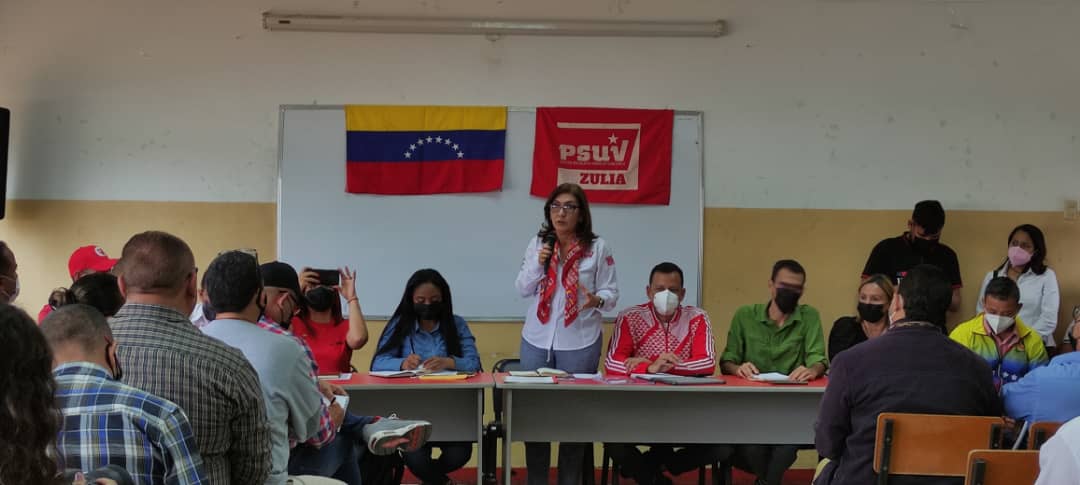Over the last few years, Brazil has reduced the rates of under-registration and under-reporting of births and deaths in the country, according to the Brazilian Institute of Geography and Statistics (IBGE). Released today (6), the Capture and Recapture Study: Disaggregated Estimates of Total Live Births and Deaths 2016-2019 isto have experimental.
Sub-registrations and sub-notifications are births and deaths that are not registered within the prescribed legal period. Although the certificates are free, social and economic vulnerabilities, transport costs, and the great distances between local communities and the Civil Registry Offices of Natural Persons, normally present in more populated areas, end up making access difficult for some segments of the population. to such services.
The study considered data from Civil Registry Statistics, from the IBGE itself, from the Live Births Information System (SINASC) and from the Mortality Information System (SIM), both from the Ministry of Health. These data are important to know the characteristics of a population and also to plan and execute public policies.
With regard to live births, in 2019, the IBGE presented a percentage of underreporting below 2%, when considering the age group of 24 to 45 years of age of the mother at the time of delivery, and the Ministry of Health, a underreporting of less than 1%, considering the age group from 15 to 44 years. In 2016, the percentage of underreporting was above 2% and underreporting above 1%, except for mothers aged 35 years, whose rate was 0.99%.
Regarding deaths, in 2019, the highest percentage of underreporting by age group was present in the first 27 days of life, 12.78%, according to IBGE data. Taking into account data from the Ministry of Health, the highest percentage of underreporting occurred in the 1 to 4-year-old group, with 2.02%. These percentages were, in 2016, respectively, 15.64% and 2.04%.
According to the IBGE, it was possible to observe an evolution and improvement in the indicator of underreporting and underreporting in all the breakdowns.
“Over time, the indicator has shown a downward trend, evidencing the development and evolution of the databases, whether in terms of coverage or with regard to the quality of information”, says the technologist of the Statistics and IBGE Technology, Luiz Fernando Costa.
vital stats
Data on births and deaths make up the so-called vital statistics, which are fundamental for understanding the Brazilian demographic dynamics, its evolution over time and changes in society’s behavior.
The objective of the study, according to the IBGE, is to analyze estimates of records of live births and deaths at levels not previously disclosed. For example, births were considered according to the federation unit of residence of the mother and the percentage of the municipal population of women between 25 and 39 years of age who completed high school. Regarding deaths, data were released according to the sex and age group of the deceased, among others.
In the country, the IBGE is responsible for collecting information on live births, marriages, deaths and fetal deaths reported by the Civil Registry Offices of Natural Persons.
“The results achieved in this study are of paramount importance for the areas of Demography and Health, leading to the improvement of demographic statistics, such as, for example, the crude birth and mortality rates, the total fertility rate and the infant mortality rate” , explains the IBGE.
The forecast is that the updated data for 2020, still under the experimental seal, will be released in 2022, along with the Civil Registry Statistics.









